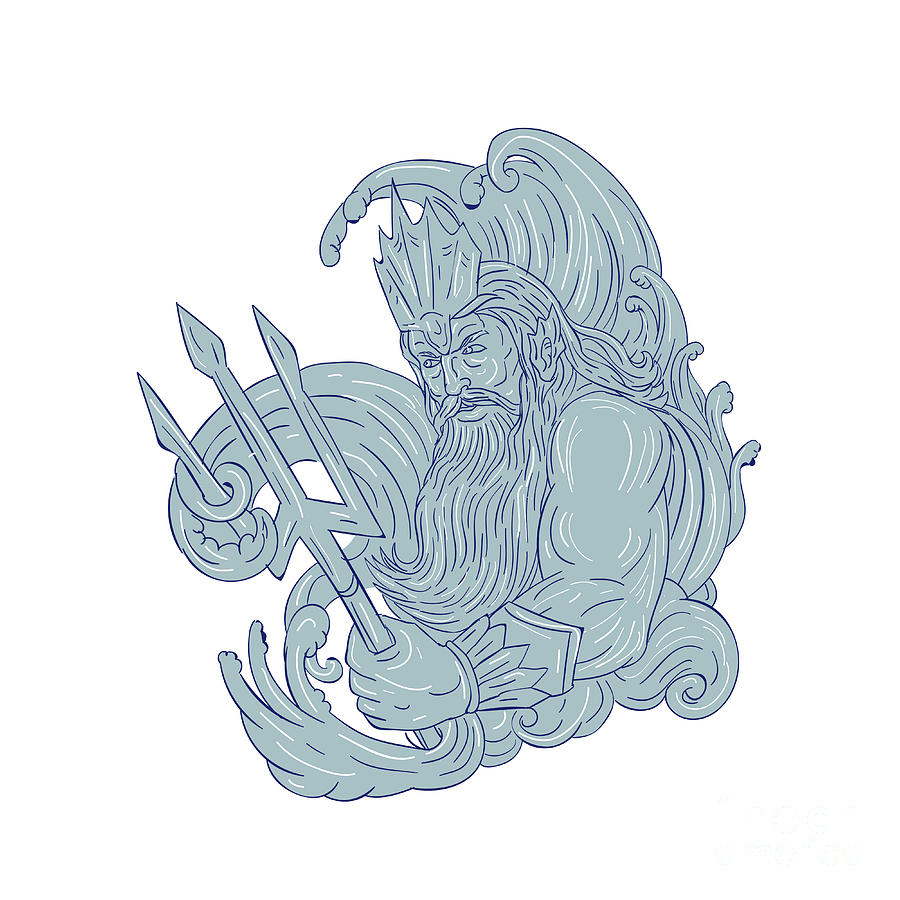
If the P-8A was attempting to “out” a submarine – particularly a nuclear-powered and nuclear-capable one – China may have seen that as a threat, or at the very least an “unfriendly” act.

The main advantage of submarines is stealth. The P-8 can drop sonobuoys to gather information on the performance capabilities and signatures of surface vessels and to locate and track submarines. Did the Australian plane “paint” China’s surface ships with its own fire-control radar or come closer than the surface ships thought “safe”? P-8As are armed with torpedoes, Harpoon anti-ship missiles and other weapons. The likely mission of the Australian P-8A was to gather intelligence on Chinese warships and perhaps their land-to-sea communications while returning to their bases.Ĭhina has a very sensitive naval base at Yulin in southern Hainan that harbors some of its nuclear-powered and nuclear-arms-capable submarines that may have been participating in the exercises. UNCLOS stipulates that a user state must pay due regard to another state’s – in this case China’s – rights and duties in the EEZ.Ĭhina had just completed a large military exercise in waters south of Hainan Island for which it issued a navigation warning. The next question is, what was it doing and why? Even if it was flying over China’s claimed exclusive economic zone (EEZ), there are some restrictions on its behavior.

That means that if the Australian P-8A was over waters enclosed by the claimed baselines but not within 12nm of high-tide features, then Australia can claim that it was in “international airspace.” The proper baseline would be the low-water line of each island and rock. According to the UN Convention on the Law of the Sea (UNCLOS), only archipelagic states can draw such closing baselines around an island group.Īn archipelagic state is defined as “a state constituted wholly by one or more archipelagos and may include other islands.” As continental states, China and Vietnam cannot establish archipelagic straight baselines around islands belonging to them. China claims baselines enclosing the entire island group and considerable waters within them that lie beyond 12nm from any of the features. If the P-8A flew over China’s claimed high-tide features or its 12-nautical-mile territorial sea around each, then it clearly violated China’s claimed sovereignty. It was intercepted by a Chinese J-16 jet fighter based on Woody Island in the Paracels.

According to anonymous sources (personal communication), the RAAF P-8A flew out of Clark Air Base in the Philippines and headed directly to the Paracels, an archipelago claimed by both China and Vietnam. The absence of such information forces some deductive reasoning.

If it occurred in “international airspace,” then it would be in its interest to specify these details. To determine the “right” and “wrong” of this incident we need to know the flight path of the Australian P-8A, the exact location of the incident, what it was doing and why. Australia’s reluctance to make these details known – especially the route and location of the incident – and the delay of 10 days in reporting the incident raise suspicion. Marles added that he could reveal little, although his government “had expressed its concerns to China through appropriate channels.”Ĭhina’s Defense Ministry responded that “the Australian military aircraft seriously threatened China’s sovereignty and security and the countermeasures taken by the Chinese military were reasonable and lawful.” Australian Defense Minister Richard Marles said the Chinese aircraft flew very close to the P-8A, released flares, and then cut across its nose and released a “bundle of chaff” that was ingested by the P-8A’s engines.Īustralia said this was “dangerous” and “threatened the safety of the aircraft and crew.”


 0 kommentar(er)
0 kommentar(er)
